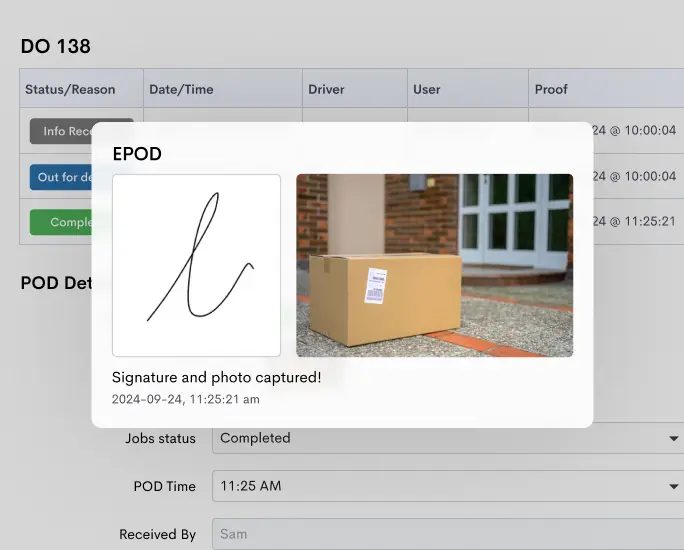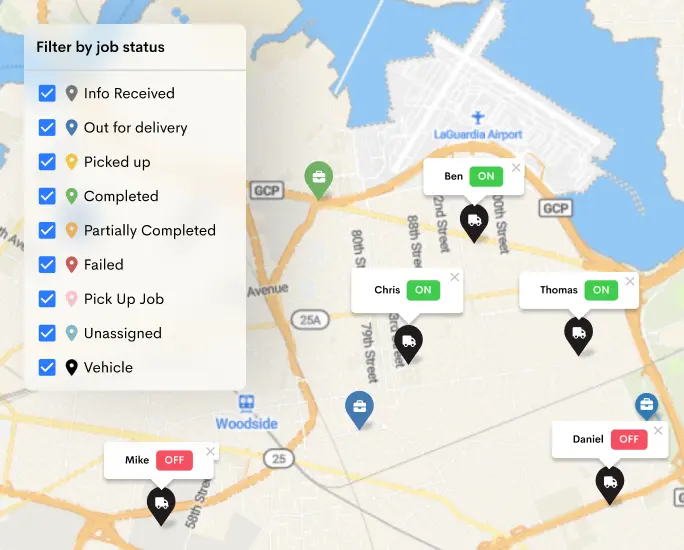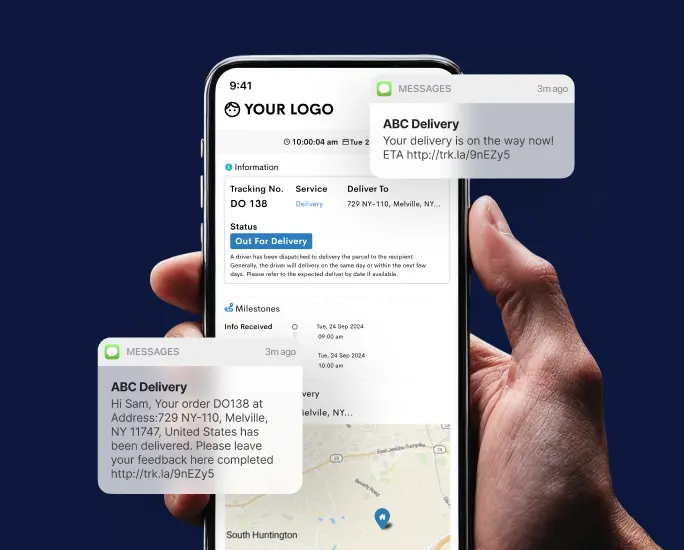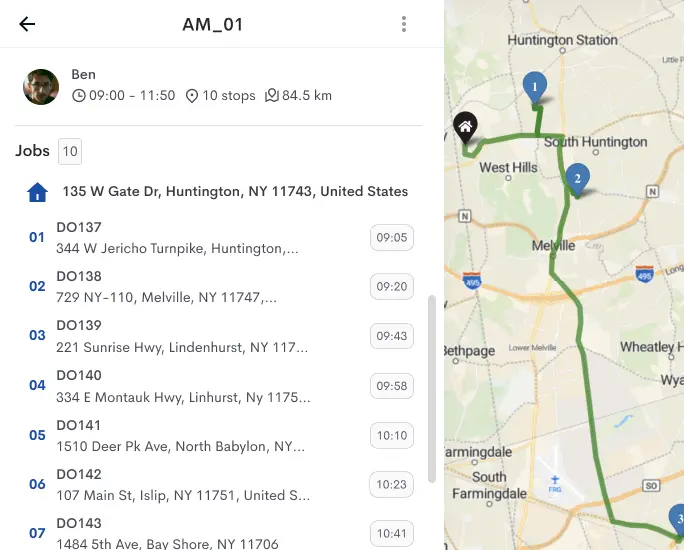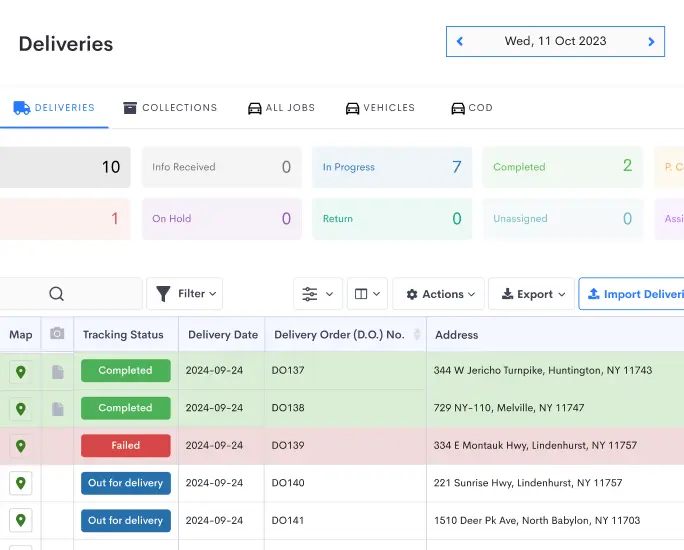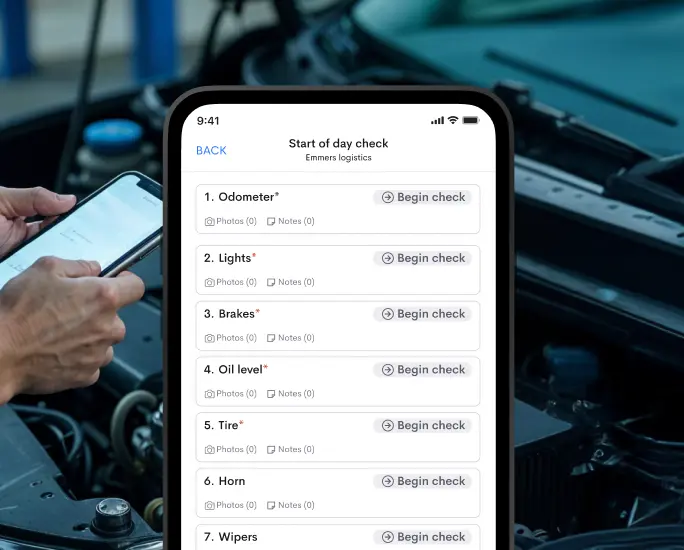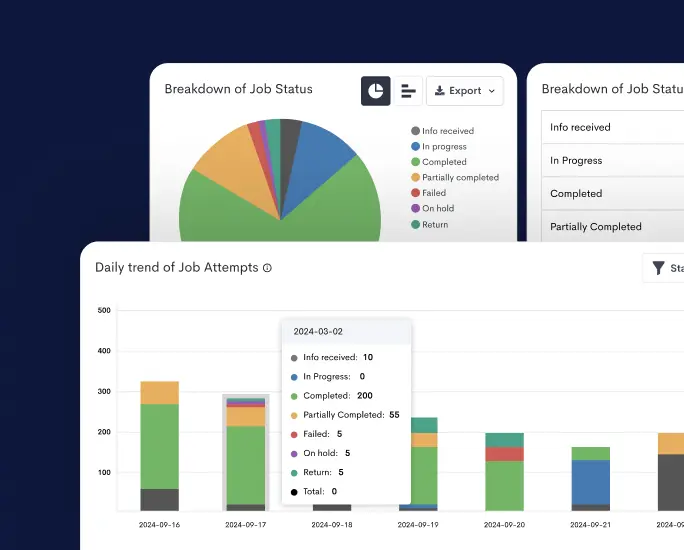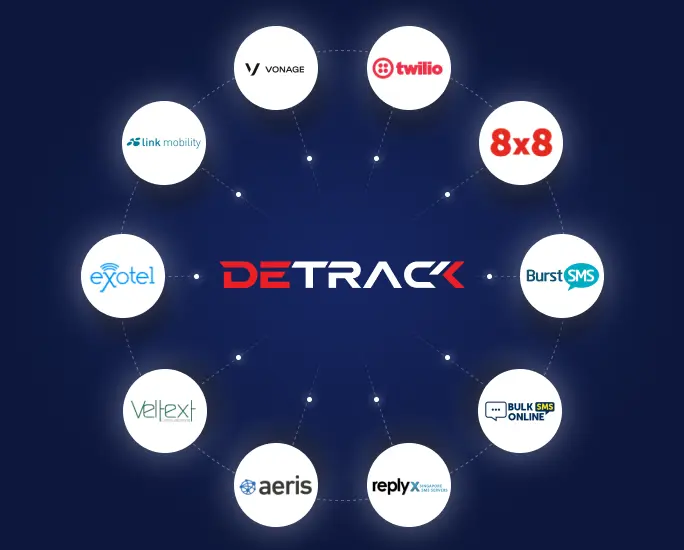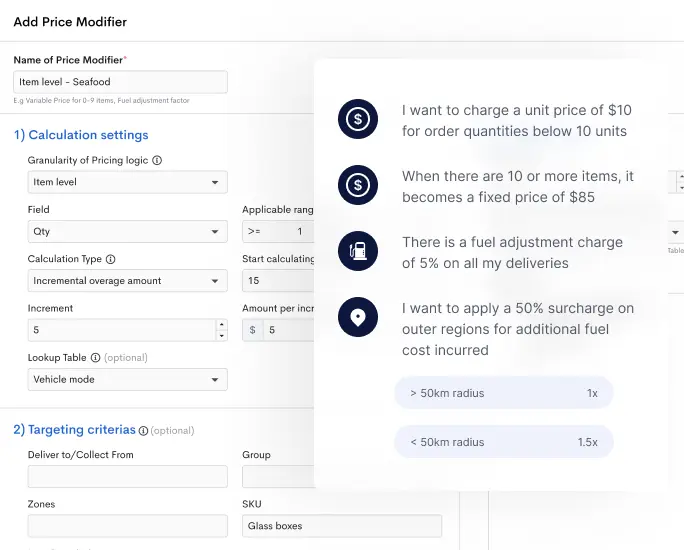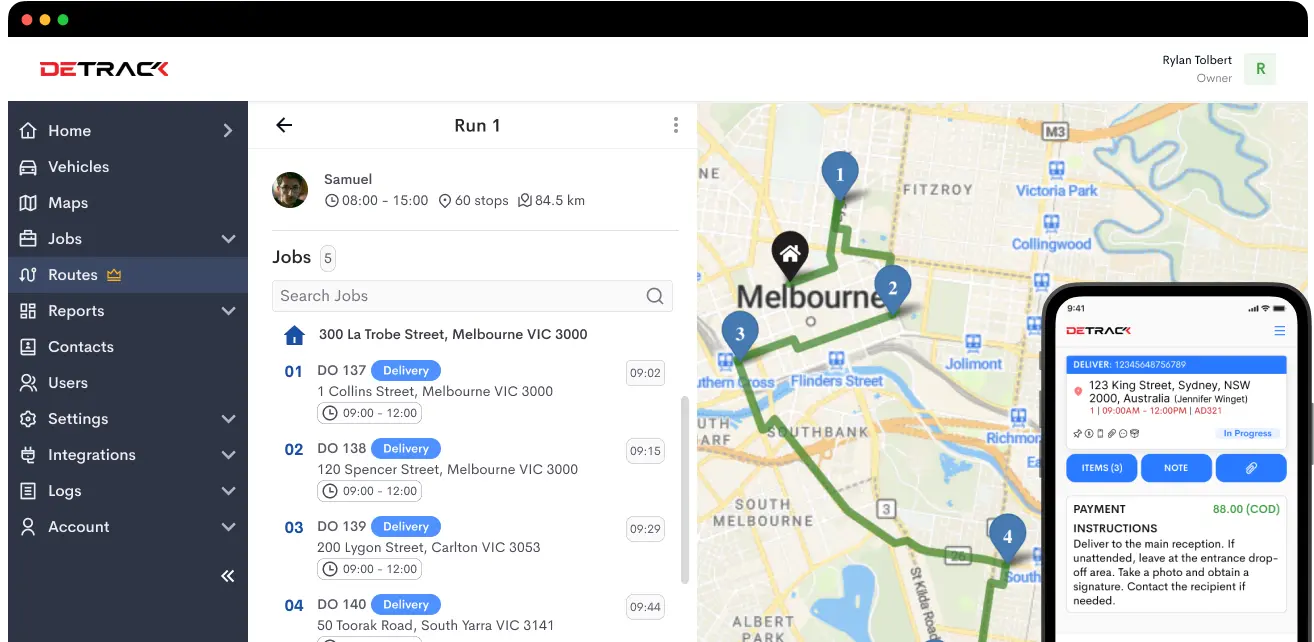Last-mile delivery is the last step or stage of a delivery process. It involves moving the package from the transportation hub to its destination — usually the customer’s residence or a retail shop. Essentially, it’s the most critical step of a delivery process that businesses must ensure is efficient.
Due to several last mile delivery problems, this stage is also regarded as the most expensive and logistically challenging part of the parcel delivery process. However, there are ways to overcome these problems and improve last-mile performance.
Businesses can save money and reduce delivery times by using data analytics to optimize routes and deliveries. In this blog post, we will explore some of the best ways to overcome last mile problems.
What Is The Last Mile Problem?
Before figuring out ways to overcome the problems associated with last-mile delivery, it’s essential first to understand the last-mile problem exactly. LMP, or Last Mile Problem, describes the difficulties and challenges logistics companies and other businesses face when transporting goods and services in the final stage of a delivery chain.
It refers to the challenges businesses face when attempting to deliver their goods or services to customers, especially those living in remote areas. The most common issue facing these businesses is that providing the same service to customers in rural communities becomes increasingly expensive and challenging.
This can lead to them being underserved or, worse, not served. As a result, businesses may be unable to capitalize on potential sales and market opportunities in such areas.
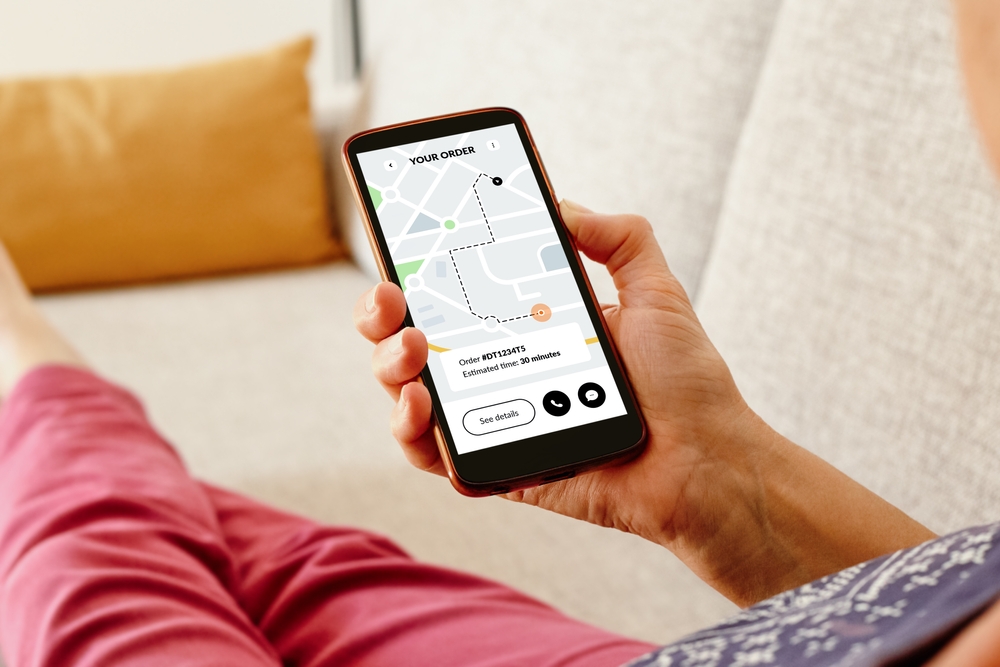
The Biggest Last-Mile Delivery Challenges
Several challenges are faced in the last-mile delivery stage. Some include low visibility, fueling logistics, change of routes, insufficient route planning, traffic congestion, and same-day delivery.
Lack Of Visibility
Poor visibility during the last-mile delivery stage is one of the biggest challenges logistics companies face. It affects their ability to meet customer expectations and reduce operational costs.
Greater transparency in the last-mile delivery process is essential to providing a better customer experience and staying competitive. Implementing a tracking system that allows companies to monitor delivery progress and provide customers with real-time updates can achieve this.
Inefficient Route Planning
Most businesses use manual route planning without properly analyzing factors like multiple routes, traffic, bad roads, vehicle efficiency, and more. The result is often an inefficient last-mile delivery.
Without a proper delivery management system, your delivery will almost never reach its maximum effectiveness. When improving your last-mile delivery, the major aspects to consider are achieving customer satisfaction, fulfilling their expectations, and reducing operational costs.
An effective route planning system is one of the best ways to achieve both. It gives you a competitive edge over others and provides your drivers with the shortest possible route to achieving maximum deliveries quickly.
Last-Minute Route Changes
Traffic is one of the biggest challenges for last-mile delivery companies when making route changes. It can cause significant delays along a route and make sticking to the original timetable challenging. This can lead to late deliveries, dissatisfied customers, and poor service ratings. Additionally, if there are not enough vehicles available to cover all of the stops on a route, this can lead to longer routes and even more delays.
Fueling Logistics
Managing a fast-paced environment is one of the biggest challenges in fueling logistics for last-mile delivery. With customers expecting faster and easier deliveries, businesses must be able to keep up with demand to maintain their customer service standards.
This means responding quickly to customer requests and ensuring that orders are fulfilled within an acceptable time frame. Additionally, businesses must stay on top of ever-changing customer preferences and trends to remain competitive.
Low-Efficiency Levels
One of the biggest challenges of last-mile delivery is its low efficiency levels. This means drivers must make many attempts to deliver packages, resulting in wasted trips and energy consumption. Poor route planning can also contribute to these inefficiencies by forcing drivers to travel longer distances or take inefficient routes requiring multiple stops.
Furthermore, when dealing with high-volume deliveries in urban areas, traffic congestion can slow down the process, resulting in additional time and fuel costs. To remedy this, delivery companies should look for ways to optimize their routes and reduce wasted trips by utilizing route optimization software or GPS tracking systems.
Same-Day Delivery
The need for customers to get their packages on the same day is a massive challenge for the last-mile delivery stage. Failure to achieve this often leads to poor reviews and brand reputation or loss of trust and reliability.
The challenges of same-day delivery are numerous, but perhaps the most significant is the need for speed. This can be a challenge for last-mile delivery logistics businesses since they must ensure that their drivers can make timely deliveries without compromising safety for better supply chain efficiency.
Fleet Shortage
The biggest challenges of fleet shortages with last-mile delivery are numerous and varied. On the one hand, they can lead to delays in deliveries that could cost companies time and money. They also put strain on existing resources as more vehicles need to be sourced or alternative methods of transport used.
In addition, operating costs are often increased due to the need to pay for extra labor and fuel. Lastly, the fleet shortage can lead to customer dissatisfaction due to late or incomplete deliveries. These issues can hurt the bottom line of any business that relies on last-mile delivery services.
Outdated technology
Utilizing outdated technology to manage your delivery business can result in several blowbacks. For starters, it won’t help you deal with issues like high shipping costs and delivery delays, which are very common in the business. It will also not help you meet customers’ evolving demands.
Using outdated technologies results in human errors, multiple failed deliveries, and poor customer feedback, which can negatively affect your business by reducing your income and lowering your position in the industry.
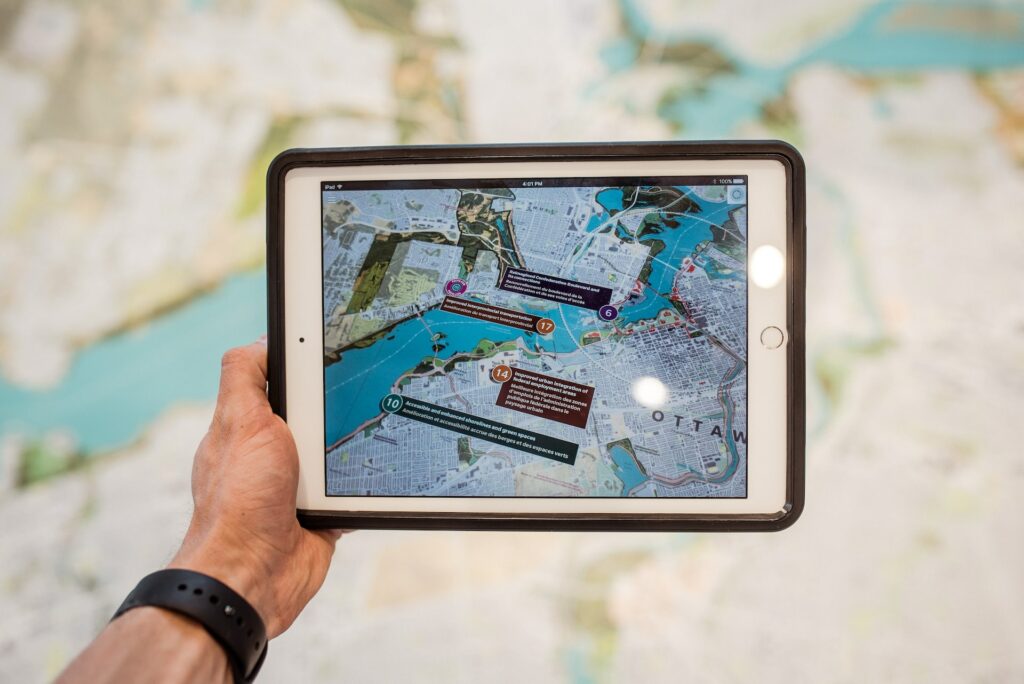
Tips To Overcome Last-Mile Delivery Problems
While the last-mile delivery stage comes with challenges, there are some tips and solutions to overcome them and ensure an efficient delivery process for your customers. Below are essential tips that can help you overcome the problems and challenges.
Implement The Right Delivery Management Systems
Organizations need to invest in proper delivery management systems to ensure efficient last-mile delivery. These systems can help streamline processes and reduce manual tracking and data entry errors.
Delivery management systems enable the automation of specific tasks such as route optimization, delivery scheduling, invoice creation, customer order tracking, and delivery update provision. By using efficient delivery management software, your delivery driver will have access to features like electronic proof of delivery, helping your delivery business eliminate paperwork and go completely electronic.
Increase Proximity Between Customers And Warehouses
Having warehouses close to customers can make last-mile delivery more efficient, resulting in faster and more cost-effective deliveries.
By increasing the proximity between warehouses and customers, businesses can reduce time, energy, and resources spent on transportation costs and shorten the shipping timeline. This is especially beneficial for companies with multiple distribution centers that need to manage geographically diverse customer locations.
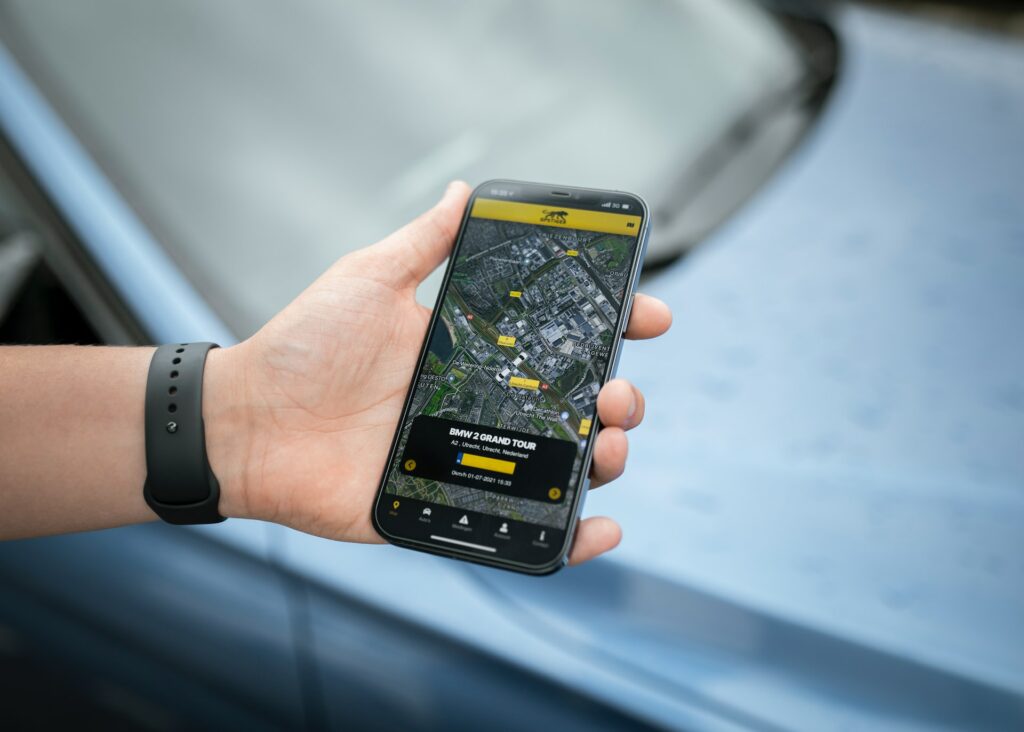
Optimize Delivery Routes
Optimizing delivery routes is essential for efficient last-mile delivery. By leveraging route optimization software, companies can streamline planning and managing deliveries by creating optimized routes tailored to their needs.
Route optimization software considers time windows, traffic patterns, customer locations, vehicle capacities, and more to create the most efficient routes. This helps to reduce delivery times, optimize fuel consumption, and eliminate unnecessary miles for a cost-effective and eco-friendly solution.
Furthermore, route optimization software can also monitor driver performance in real time, enabling fleet managers to address any issues quickly before they become significant problems.
Implement Real-Time Delivery Tracking
Real-time delivery tracking allows businesses to track their shipments in real time. It can ensure timely and accurate deliveries and provide visibility on a shipment’s progress, reducing potential delays or lost items.
With real-time delivery tracking, businesses can provide proactive updates on their shipments to keep customers informed and improve customer satisfaction.
Additionally, businesses can better address potential problems with their last-mile delivery process by quickly identifying improvement areas and promptly responding to issues.
Consider Auto-Dispatch
Auto-dispatch applications match delivery tasks with drivers who have the required skills and schedule to perform the delivery. This technology helps streamline and automate the last-mile delivery process by quickly responding to customer orders, assigning drivers, and tracking their progress.
This ensures customer orders are fulfilled quickly and correctly while allowing companies to manage their resources better.
Track Multiple Drivers And Fleets
Tracking your drivers and fleets allows you to manage your deliveries more efficiently and ensure that products are delivered on time. A good way to do this is to use delivery management software with a GPS tracking option.
Using a GPS tracking system, businesses can monitor the location of their drivers and vehicles in real time. This allows them to dispatch the closest driver to a customer’s location, which saves time and money. GPS tracking also allows businesses to see how their drivers are performing.
This data can be used to improve routes and optimize delivery times. Tracking multiple drivers and fleets is the best solution for last-mile logistics. GPS tracking allows businesses to save time and money while also improving customer satisfaction.
Overcome Last-Mile Delivery Challenges with Detrack
Despite the obstacles, Detrack can help with last-mile delivery problems. We can find the best solution for your company’s needs by working together and utilizing resources. We’re a delivery management software with technological advances and a better understanding of customer behavior.
Our software has several features that can help solve last-mile delivery challenges. Try Detrack Today for effective route planning that gets more done in less time! What used to take your team hours can now be accomplished in just seconds!
By planning the most efficient routes, you can reduce fuel consumption and operating costs and increase the number of deliveries daily, improving customer satisfaction and overall profitability. It’s a win-win situation that every company should consider.

